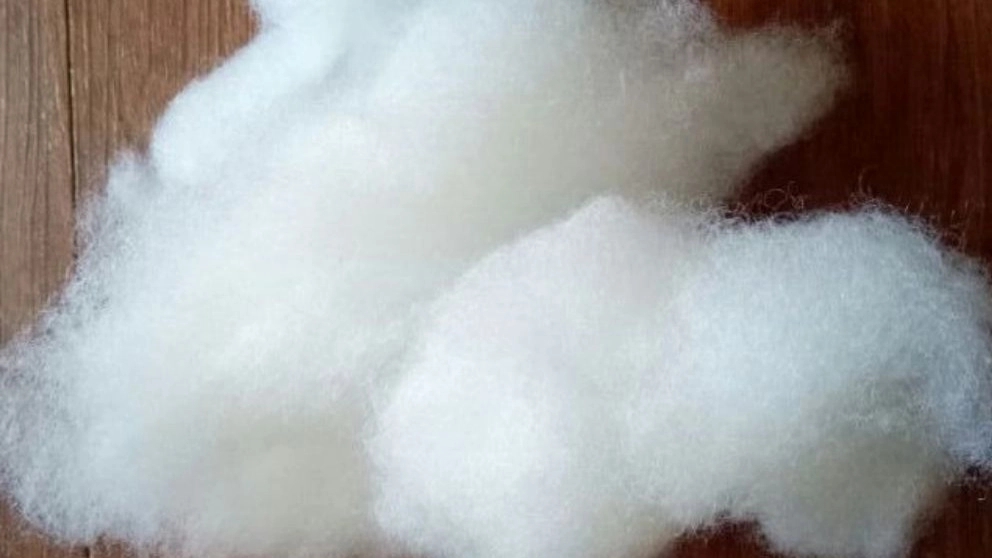Wool is the common term used for soft and wrinkled fibers that are mainly obtained from the wool of domestic sheep and are widely used in textile production. Wool may be separated from the hair basically according to the natural scale that covers the outer surface of any fiber. The different grades of wool are numerous, very small and thin, and are only connected at the base. Therefore, these fibers are interwoven under pressure.
🔷 Properties of wool fibers
_Shine
- Softness
- Warmth
- High resilience and elasticity
- High moisture absorption
- Ability to quickly absorb and expel moisture
- Heat insulation
- Insulation Sound
- high heat resistance

🔷 Application of wool fibers
Byproducts: are products that are produced in addition to the main products. In the case of sheep, wool and meat are the main products. Other products derived from sheep include lanolin used in cosmetics; Leather and hides used in leather products; gelatin used in photographic films; Animal fat used in soap, special adhesives and special medicines are only a few of the various uses of these products.
Carding: mixing, smoothing and homogenizing the fibers
dyeing: to transfer color to the fibers
Sheep's wool: Wool or covering that covers the surface of the sheep's body.
Felting: Using heat, moisture and wear on woolen fabric makes the texture of the fabric stiffen.

